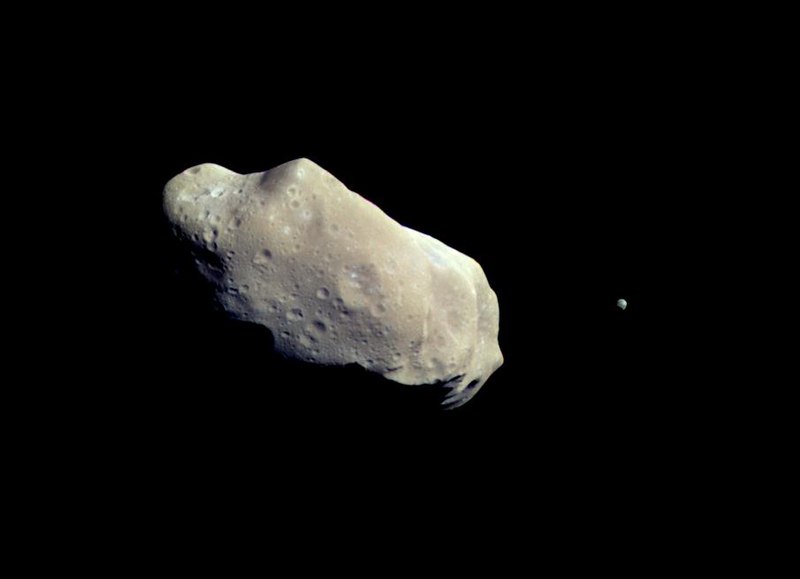Rikcha:243 ida.jpg

Kay ñawpaq qhawariypa chhikan kaynin: 800 × 579 iñu. Huk huyakukuna: 320 × 232 iñu | 640 × 463 iñu | 905 × 655 iñu.
Qallariy willañiqi (905 × 655 iñu; willañiqip chhikan kaynin: 20 kB; MIME laya: image/jpeg)
Willañiqip wiñay kawsaynin
P'unchaw/pacha nisqapi ñit'iy chaypacha willañiqi kachkasqata qhawanaykipaq.
| P'unchaw/Pacha | Uchuylla rikchacha | Chhikanyachikuqkuna | Ruraq | Willapuy | |
|---|---|---|---|---|---|
| kunan | 14:59 10 sit 2022 |  | 905 × 655 (20 kB) | BevinKacon | Reverted to version as of 10:44, 30 January 2006 (UTC) the NASA page clearly states original resolution as Product Size: 905 x 655 pixels (w x h) |
| 09:42 23 hul 2020 |  | 679 × 491 (12 kB) | Leonel Sohns | Recovered old version from archive.org | |
| 18:55 24 awr 2019 |  | 718 × 520 (65 kB) | FriedrichKieferer | Better quality. | |
| 11:46 11 awu 2013 |  | 718 × 520 (17 kB) | Soerfm | Crop | |
| 10:44 30 ini 2006 |  | 905 × 655 (20 kB) | Arnomane | better resolution | |
| 19:52 1 phi 2005 |  | 679 × 491 (12 kB) | Svdmolen | NASA image of 243 Ida and Dactyl. - NASA {{PD}} |
Maypim willañiqita llamk'achinku
Kay rikchamanqa kay qatiq p'anqam t'inkimun:
Mayqin wikikunapi willañiqita llamk'achinku
Kay wakin wikikunam willañiqitaqa llamk'achinku:
- af.wikipedia.org-pi kaykunapi llamk'achinku
- af.wiktionary.org-pi kaykunapi llamk'achinku
- als.wikipedia.org-pi kaykunapi llamk'achinku
- am.wikipedia.org-pi kaykunapi llamk'achinku
- an.wikipedia.org-pi kaykunapi llamk'achinku
- ar.wikipedia.org-pi kaykunapi llamk'achinku
- ast.wikipedia.org-pi kaykunapi llamk'achinku
- az.wikipedia.org-pi kaykunapi llamk'achinku
- bat-smg.wikipedia.org-pi kaykunapi llamk'achinku
- bcl.wikipedia.org-pi kaykunapi llamk'achinku
- be-tarask.wikipedia.org-pi kaykunapi llamk'achinku
- beta.wikiversity.org-pi kaykunapi llamk'achinku
- be.wikipedia.org-pi kaykunapi llamk'achinku
- bg.wikipedia.org-pi kaykunapi llamk'achinku
- bjn.wikipedia.org-pi kaykunapi llamk'achinku
- bn.wikipedia.org-pi kaykunapi llamk'achinku
- bo.wikipedia.org-pi kaykunapi llamk'achinku
- br.wikipedia.org-pi kaykunapi llamk'achinku
- bs.wikipedia.org-pi kaykunapi llamk'achinku
- ca.wikipedia.org-pi kaykunapi llamk'achinku
- ckb.wikipedia.org-pi kaykunapi llamk'achinku
- cs.wikipedia.org-pi kaykunapi llamk'achinku
Qhaway mayqin wikikunapim willañiqita llamk'achinku.

